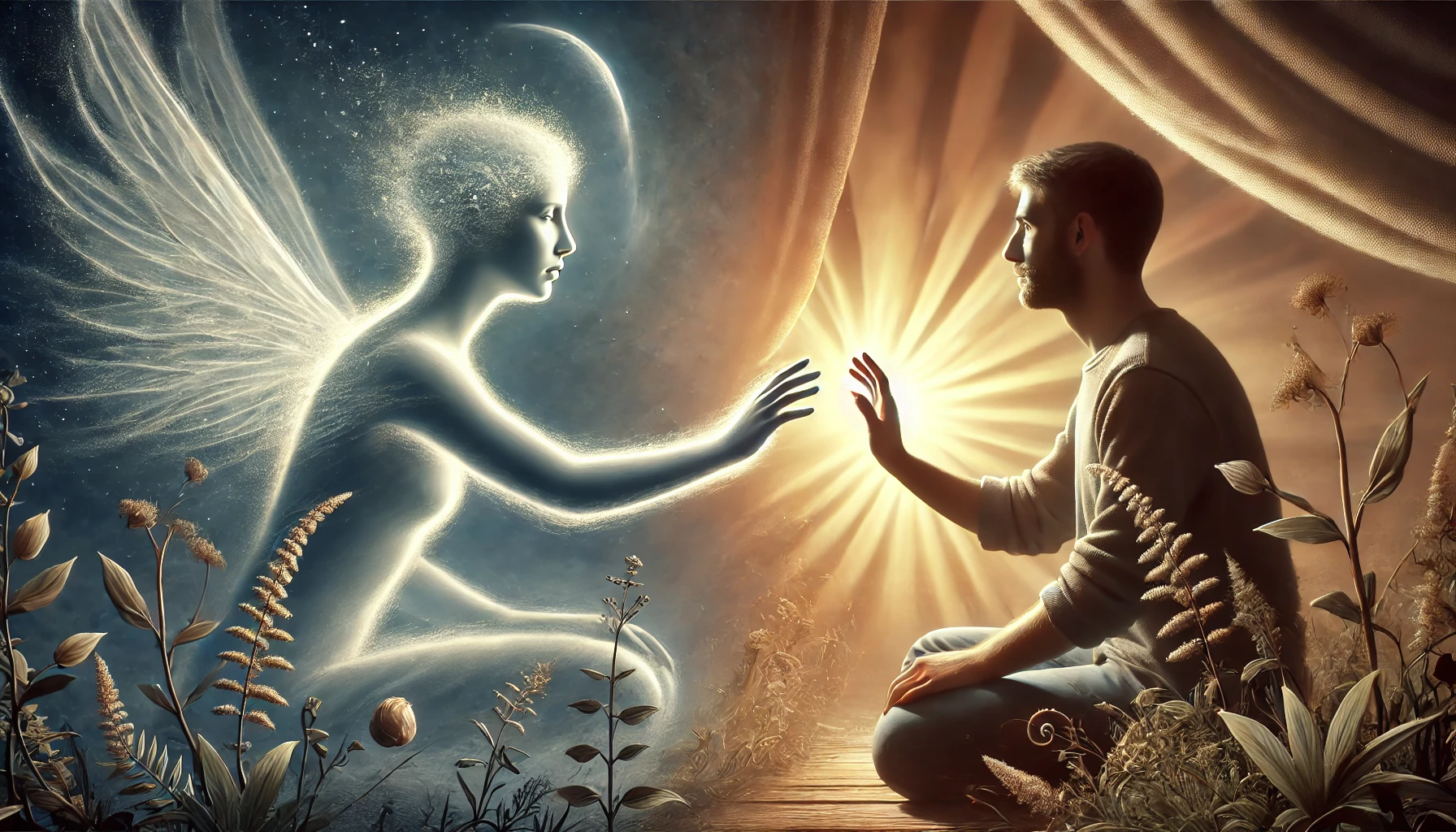
The UFO Phenomenon: A Comprehensive Examination of the Conspiracy Theory
Introduction
Unidentified Flying Objects (UFOs) have been a subject of fascination and speculation for decades. The idea that extraterrestrial beings are visiting Earth in advanced spacecraft has captured the imaginations of millions. Reports of UFO sightings, abductions, and encounters with alien beings are widespread, leading to a rich tapestry of theories, evidence, and counterarguments. This article explores the origins, evidence, and counterarguments of the UFO phenomenon, examining its cultural impact and the reasons why this mystery endures.
Background and History
The modern UFO phenomenon began in the mid-20th century, with the 1947 sighting by pilot Kenneth Arnold, who reported seeing nine crescent-shaped objects flying at incredible speeds near Mount Rainier, Washington. This sighting coined the term “flying saucer” and sparked widespread public interest. The same year, the alleged crash of a UFO near Roswell, New Mexico, further fueled speculation and government secrecy.
In subsequent decades, numerous sightings, abduction claims, and whistleblower testimonies have emerged. Notable cases include the 1961 abduction of Betty and Barney Hill, the 1975 Travis Walton incident, and the 2004 USS Nimitz encounters, where Navy pilots reported interactions with unidentified aerial phenomena (UAPs).
Main Arguments and Evidence
Proponents of the UFO phenomenon present several key arguments, supported by various types of evidence:
Eyewitness Accounts: Thousands of people, including military personnel, pilots, and civilians, have reported seeing UFOs. These accounts often describe similar characteristics such as unusual shapes, high speeds, and erratic movements.
Government Documents and Whistleblowers: Declassified documents, such as those from Project Blue Book, and testimonies from former government officials and military personnel suggest that governments have investigated UFOs and may possess advanced technology or knowledge of extraterrestrial life.
Physical Evidence: Some cases report physical evidence such as radar tracking data, unexplained radiation, and landing marks. The 1952 Washington, D.C., UFO incident involved radar sightings and visual confirmation by pilots, adding credibility to the claims.
Photographs and Videos: Numerous photographs and videos purportedly show UFOs. Recent footage released by the Pentagon, such as the “Tic Tac” video, has reignited public and scientific interest in UAPs.
Abduction Phenomena: Many individuals claim to have been abducted by extraterrestrial beings. These accounts often include detailed descriptions of medical examinations and encounters with alien entities.
Impact and Cultural Significance
The UFO phenomenon has had a profound impact on global culture. It has inspired countless books, television shows, movies, and online communities dedicated to uncovering the truth about extraterrestrial visitors. UFOs symbolize the human quest for knowledge and our fascination with the unknown, embodying the hope and fear of discovering intelligent life beyond Earth.
Ufology, the study of UFOs and related phenomena, has become a subculture with its own conferences, organizations, and research methods. The phenomenon also raises broader questions about government transparency, the limits of human understanding, and the potential implications of extraterrestrial contact.
Counterarguments and Debunking
The UFO phenomenon has been extensively scrutinized by scientists and skeptics. Here are the key counterarguments:
Misidentifications: Many UFO sightings can be explained by misidentifications of natural or man-made objects such as aircraft, weather balloons, satellites, and celestial bodies. Atmospheric phenomena and optical illusions can also play a role.
Psychological Factors: Psychologists suggest that cognitive biases, such as pareidolia (seeing patterns where none exist) and the influence of popular culture, can lead people to interpret ambiguous stimuli as UFOs or extraterrestrial encounters.
Lack of Physical Evidence: Despite numerous reports, conclusive physical evidence of extraterrestrial technology or beings has not been found. The absence of artifacts, biological samples, or incontrovertible proof remains a significant hurdle.
Government Secrecy: While declassified documents and whistleblower testimonies raise intriguing questions, they do not provide definitive proof of extraterrestrial involvement. Government investigations may focus on national security concerns rather than confirming alien visitation.
Technological Advances: With the proliferation of smartphones and high-resolution cameras, the lack of clear photographic or video evidence is increasingly seen as a point against the existence of UFOs. High-quality images should theoretically capture better evidence if such phenomena existed.
Conclusion
The UFO phenomenon remains one of the most enduring mysteries in modern folklore. While the evidence supporting the existence of extraterrestrial visitors is largely anecdotal and often disputed, the sheer volume of sightings and cultural consistency keep the legend alive. Scientific scrutiny and the lack of physical evidence present significant challenges to the hypothesis, but the fascination with UFOs continues to captivate the public imagination.
Rebuttal or Additional Insights
Despite extensive debunking efforts, the UFO phenomenon persists, suggesting that there may be elements of truth or at least intriguing questions worth exploring. For instance, the consistency of eyewitness accounts across different regions and cultures indicates that people are experiencing something, even if it is not extraterrestrial spacecraft.
One possibility is that some UFO sightings represent encounters with advanced human-made technology that is not yet public knowledge. Military experiments and prototype aircraft could account for some reports. Additionally, the vastness of the universe and the increasing discovery of exoplanets in habitable zones suggest that the existence of extraterrestrial life is plausible, even if direct contact has not yet been confirmed.
Moreover, the psychological and sociological aspects of the UFO phenomenon are worth considering. The human mind is adept at pattern recognition, and in the absence of clear evidence, people may fill in the gaps with existing myths and stories. The cultural significance of UFOs, as symbols of the unknown and the limits of human knowledge, plays a role in perpetuating the legend.
Furthermore, the existence of other unexplained phenomena and the limitations of current scientific understanding leave room for the possibility of future discoveries. The history of science is replete with instances where accepted theories were overturned by new evidence, suggesting that openness to the unknown can be scientifically fruitful.
The Real Exploration
Beyond the mystery of UFOs lies a deeper and more profound journey: the exploration of consciousness. Delving into one’s own consciousness through practices such as meditation, mindfulness, and sadhana can lead to transformative insights and profound self-understanding. The Shankara Oracle, a tool for spiritual guidance, can help individuals navigate this inner journey, offering clarity and perspective that surpasses the intrigue of extraterrestrial speculation.
This path encourages seekers to look within, to question their own beliefs, perceptions, and the nature of reality. By exploring the depths of one’s consciousness, one can find answers to the most fundamental questions about existence, purpose, and the universe. The real adventure, then, is not just in seeking out the unknown in the skies but in uncovering the vast, uncharted territories within ourselves.
In conclusion, while the evidence overwhelmingly suggests that UFOs are more likely a product of misidentifications, psychological factors, and government secrecy than actual extraterrestrial encounters, the phenomenon highlights important discussions about human perception, cultural storytelling, and the exploration of the unknown. It is crucial to approach the UFO legend with both skepticism and an open mind, considering the broader implications and the enduring allure of the mysterious and unexplained. This balanced perspective allows us to appreciate the rich tapestry of human imagination while grounding our understanding in scientific inquiry and critical thinking.
Get The Shankara Oracle and dramatically improve your perspective, relationships, authentic Self, and life.











